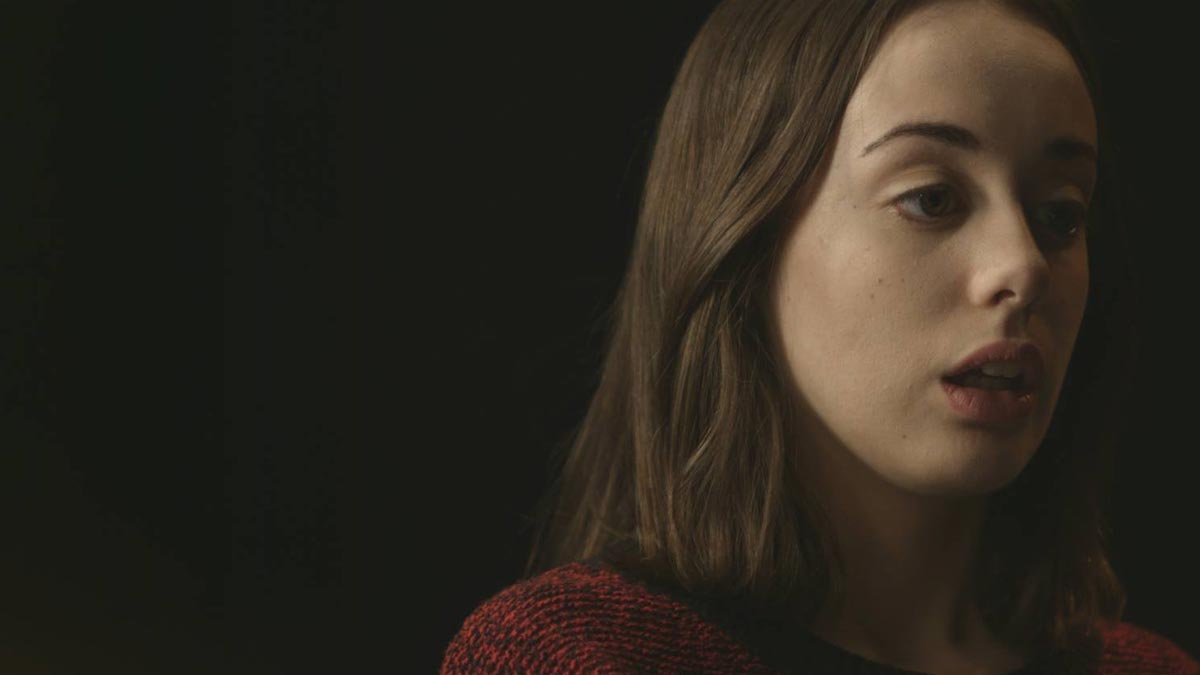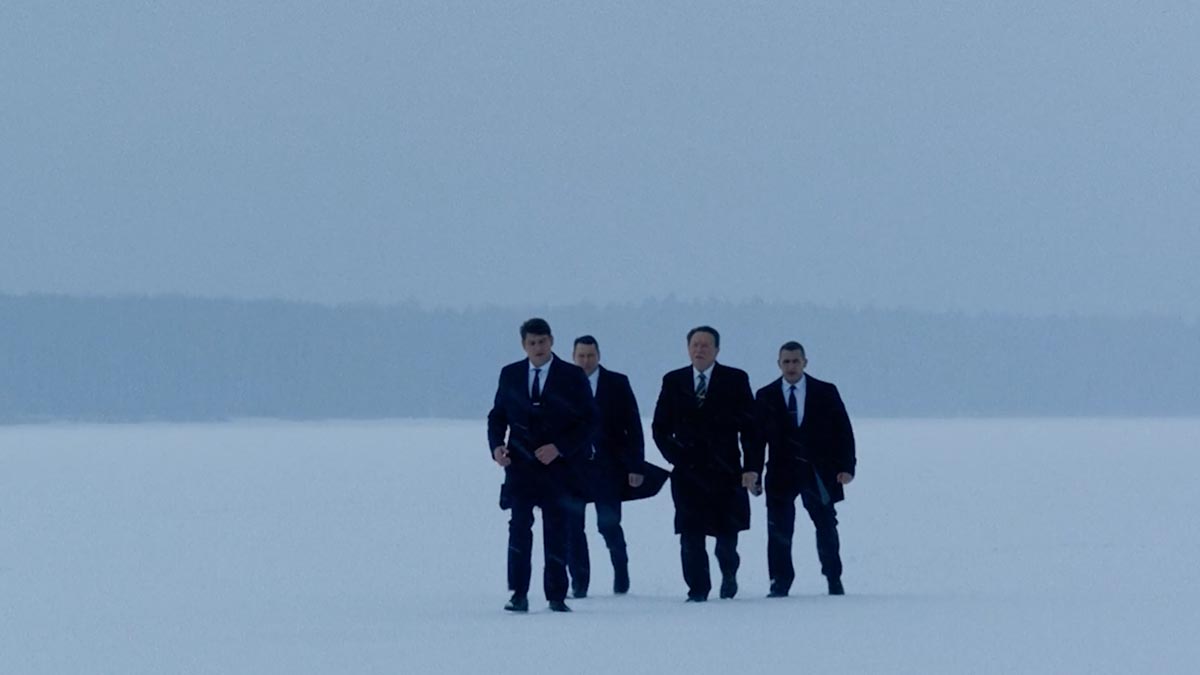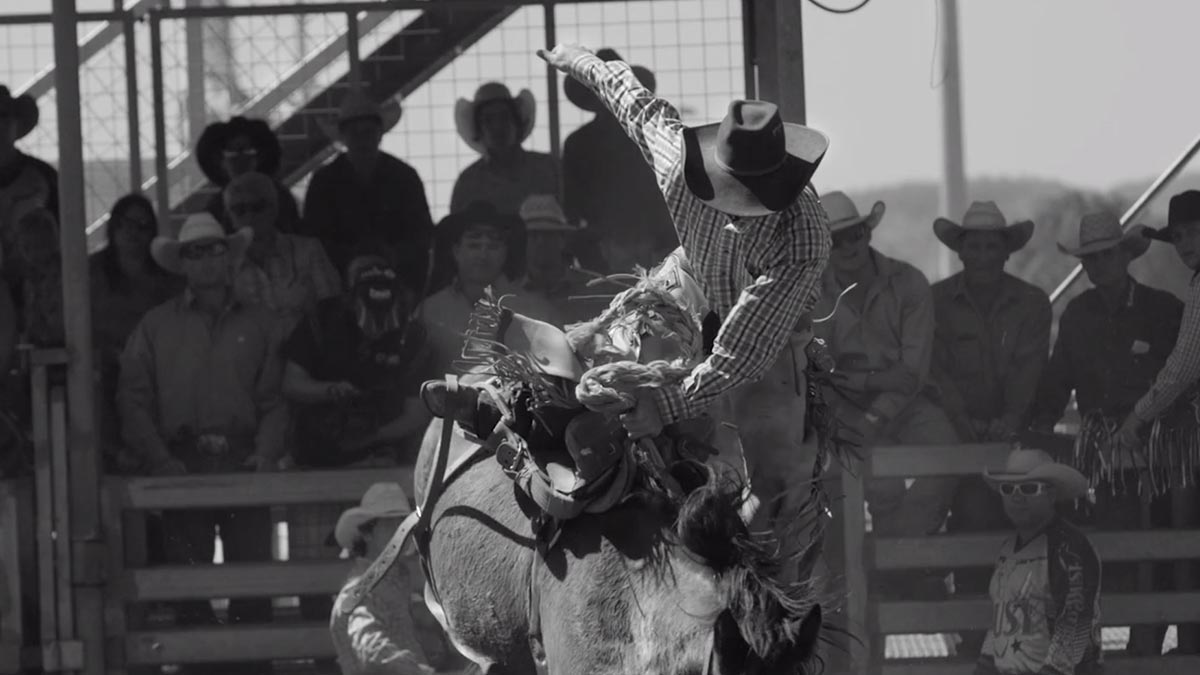A young matador struggles with his craft as bullfighting threatens not only his life but his emotional and spiritual existence.
Set in Madrid (2007), a matador by the name of Mateo Garcia is expected to become a great bullfighter like his father. Mateo lacks conviction and as he ages he begins to resent his predestination. His mental stability falters and the pressure of greatness alongside his soft nature leads him to turn to Christ for absolution. The pain he caused to countless bulls plagues him as he begins a down-ward spiral of insanity, ultimately leading to death. He does not fear but embraces the process which he believes is an offering to God.
As Mateo prepares for his most important fight of the season he arrives at a breaking point. Years prior, his father died in the same arena he is to fight in later that day. Mateo pleads with God in the hopes that he will grant him strength, but God does not answer. The mental collapse leads him to enter a state of purgatory where his past opponents finally catch and deliver him to his maker.
A trembling film filed with passion and fear. Director Griffin Davis was able to capture the matador’s vivid history through its tensions and detailing. A gorgeous photography sets the standards as the rumbling soundtrack (also scored by Griffin) paves the terrifying and emotional vibe right through our bones.
The Conception and Idea of Fall of The Matador
Torero, more commonly known as bullfighting, is an ancient spectacle which has influenced aspects of every culture in the world. The spectacle itself is dangerous and brutal, yet sophisticated and rich with details dating back more than five thousand years. Matadors are often wounded and sometimes killed as they strive to prove themselves against one of the most mighty creatures known to man. They frequently originate from generations of families which have raised bulls or have participated in bullfighting. However, in today’s world this spectacle is extremely polarized and many think its time should come to an end.
The idea for the film came from a location I saw while driving between Charlotte NC and Greensboro, NC. There on the side of the road, were piles of rock and sand that were meant for road construction. For some reason, I imagined a pair of horns coming out of the sand as an idea for a photo series. The photo series never happened. Instead the idea sparked my fascination for bullfighting. I found myself researching its origins in mythology and tracing them to present day.
A larger story began to emerge during the last five years the more I recognized the delicacy and brutality of this performance art. People such as Hemingway or even greek philosophers paint a multitude of feelings and beliefs about the origins of bullfighting/torero. I paint the picture as an observer that has no ties or allegiances. I am but a spectator that seeks to better understand the beautiful and violent nature of torero.
The ultimate goal of the film is to show that tolerance and diplomacy around sensitive issues are enlightening
Such an approach will lead to the further sophistication of the human race. Regardless of your viewpoint or beliefs, addressing something via constructive communication prevents intolerance, unhealthy ideology, and extremism from taking hold. Today, in America , we are loosing the art of communication and reconciliation. I was originally drawn to the topic because of the pomp and circumstance but quickly saw the value of addressing such a divisive issue as bullfighting in the hopes that the film would provide an avenue for communication.




